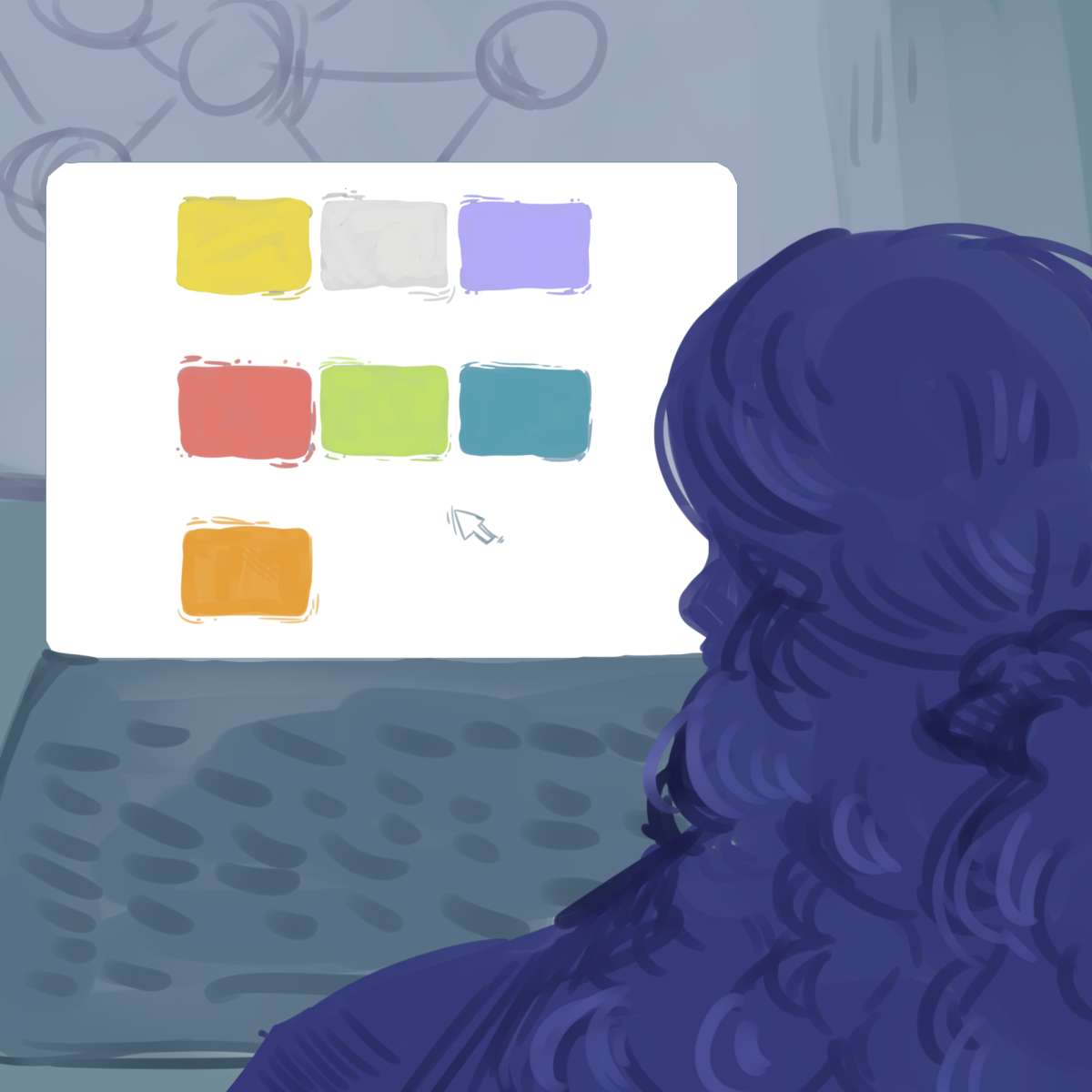UT Libraries announced that it obtained free New York Times online subscriptions on Aug. 28 for all students and faculty, granting unlimited access to the multimedia journalism website and app.
Campus affiliates can subscribe to the NYT by visiting accessnyt.com and searching “University of Texas at Austin.” Users must cancel pre-existing subscriptions through NYT’s Customer Care before becoming linked with UT’s program. According to their policy, students have access until graduation and faculty must renew their subscription every four years.
UT Libraries’ head of collection development, Carolyn Cunningham, is responsible for scholarly resources in the social sciences, noted an increasing demand for NYT subscriptions over the years. The Times, dubbed the U.S. “newspaper of record” by Britannica, provides priced packages for universities and authorizes academic passes for campuses.
“When we negotiate for these campus-wide subscriptions, we try to take the needs of the campus into consideration,” Cunningham said. “This was something that has really wide application, and we were able to work out a contract with the vendor that worked for us, so we decided to go for it.”
Because all students can access the resource, professors have begun to assign class readings from the Times. Freshman advertising major Caroline Baker reported reading a required article for her Fashion, Beauty and Visual Culture Undergraduate Studies class on how attire affects treatment in the workplace. She believes the free resource will expand campus users’ points of view.
“Having this resource makes everyone more open-minded,” Baker said.
According to Cunningham, UT Libraries and professors favored the NYT for its dependability.
“It’s pretty common for faculty to use a reliable source like The New York Times to address misinformation and use it to compare against other news sources,” Cunningham said.
The site features several sections reporting on national and international politics, arts, business, cooking, science, sports and health news, offering a multitude of purposes.
“They could use this resource to do research or prepare for job interviews and look up news about the industry or potential employers,” Cunningham said. “They could also use the book and film reviews to get a sense of creative output and cultural discussion around those things.”
For research purposes, the TimesMachine archives newspapers from 1851 to the present day, chronicling over 150 years of daily journalism. The site allows users to explore eyewitness accounts and primary sources of historical events.
“You could use the TimesMachine to look up your own birthday date,” Cunningham said. “Or if you had a specific event in mind, you could go back to the time that the event happened and see what the current coverage was at the time.”
Cunningham reports receiving positive feedback in her workshops and hopes the subscriptions “enhance students’ and faculty’s academic and personal pursuits,” whether by improving media literacy, social awareness, or enjoyment.
“(Students now have) a really good representation of where journalism is now and where it’s going and evolving,” Cunningham said. “We have had a really positive reaction, and I hope the word keeps spreading.”















